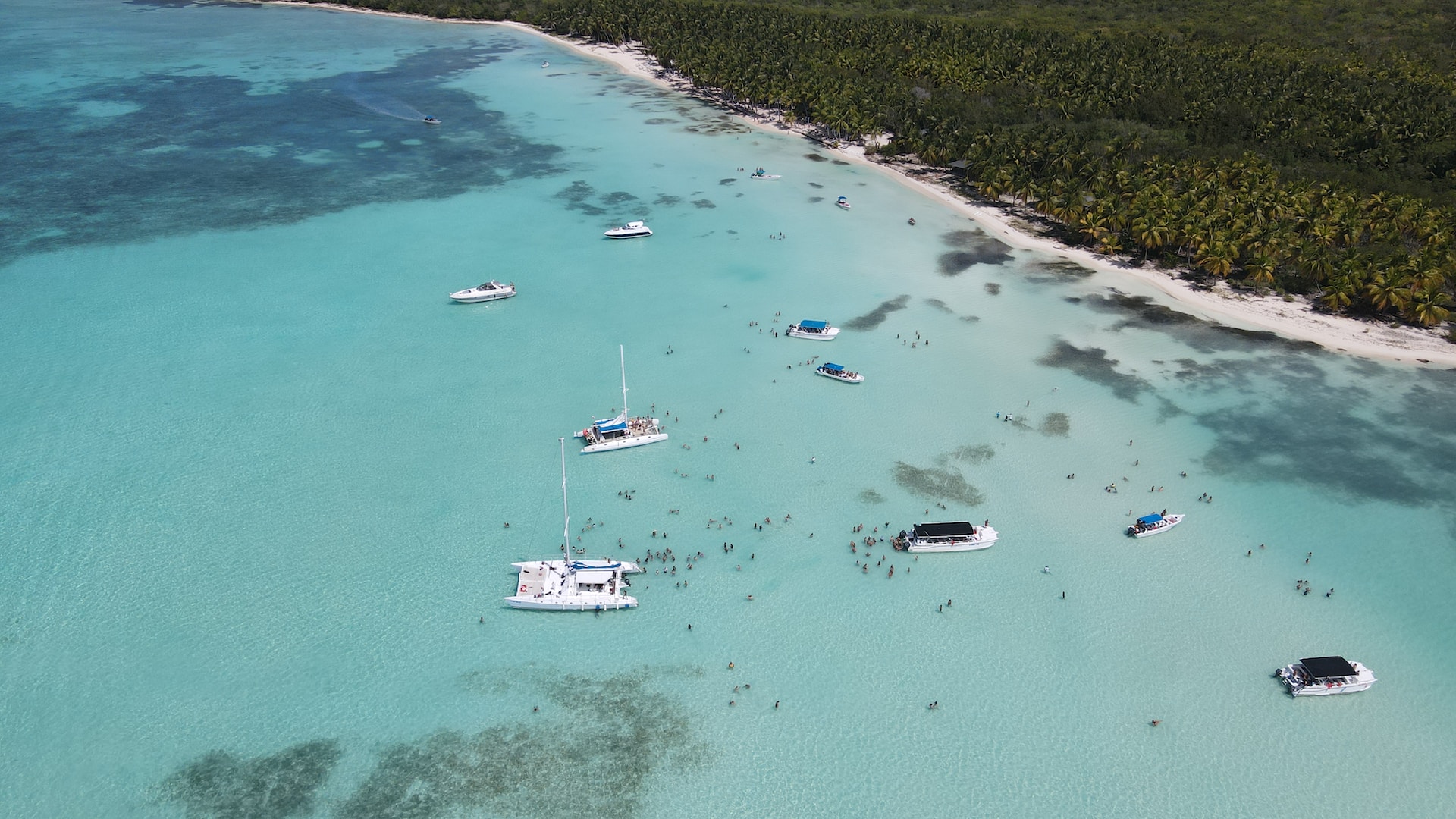Nestled off the southeastern coast of the Dominican Republic, Saona Island is a jewel of natural beauty. This idyllic paradise, part of the Cotubanamá National Park, is not just a haven for tourists seeking pristine beaches but also a beacon of eco-tourism and conservation efforts. In this exploration, we delve into the ecological significance of Saona Island and the initiatives to preserve its untouched splendor.
Ecological Importance of Saona Island
Saona Island’s ecological tapestry is rich and diverse. The island serves as a critical habitat for a variety of wildlife, including endangered sea turtles like the hawksbill turtles and green turtles, which nest on its sandy shores. Its surrounding waters are teeming with vibrant coral reefs, home to numerous species of fish and marine life, making it a vital component of the marine ecosystem. Additionally, the island’s mangrove forests play a crucial role in coastal protection and are the breeding grounds for many birds and aquatic species. This biodiversity not only makes Saona a crucial area for conservation but also a living laboratory for ecological research.
Conservation Efforts on the Island
Recognizing the island’s ecological value, several conservation programs have been initiated. Key among them is the turtle conservation project, where volunteers and scientists work together to protect turtle nests and ensure hatchlings safely reach the sea. Efforts are also underway to protect the coral reefs, involving coral planting and rehabilitation projects to reverse the damage caused by pollution and climate change.
Another significant initiative is the mangrove reforestation project. These efforts not only help in preserving the island’s natural defenses against coastal erosion but also in maintaining the ecological balance. Additionally, strict regulations are enforced to limit the impact of tourism on the island’s delicate ecosystems. These include controlling the number of visitors, restricting certain areas to protect wildlife habitats, and enforcing sustainable practices among tour operators.
Eco-Tourism on Saona Island
Saona Island’s approach to tourism is deeply entrenched in eco-consciousness. Eco-tourism here is not just about enjoying the natural beauty but also about understanding and participating in its preservation. Guided tours are conducted by knowledgeable locals who educate visitors on the island’s ecosystems and the importance of conservation. These tours often include bird watching, nature walks, and educational visits to conservation projects such as the turtle sanctuary.
Tour operators on the island are increasingly adopting sustainable practices. They use solar energy, practice waste management, and encourage visitors to minimize their environmental footprint. Responsible snorkeling and diving are promoted to protect the coral reefs, with visitors urged to observe marine life without disturbing it.
Community Involvement and Sustainable Development
The local community plays a pivotal role in the island’s eco-tourism and conservation efforts. Many conservation projects involve local residents, providing them with employment opportunities while empowering them to protect their natural heritage. This involvement ensures that tourism development on the island is sustainable and beneficial to both the environment and the community.
Saona Island stands as a testament to the harmony that can exist between human enjoyment and nature conservation. The island’s commitment to eco-tourism and conservation efforts ensures that its natural beauty remains unspoiled for future generations. As visitors, our role in supporting these efforts is crucial. By choosing eco-friendly tours, respecting wildlife, and following sustainable practices, we can help preserve this paradise. Saona Island is not just a destination; it’s a reminder of the delicate balance we must maintain with nature.
